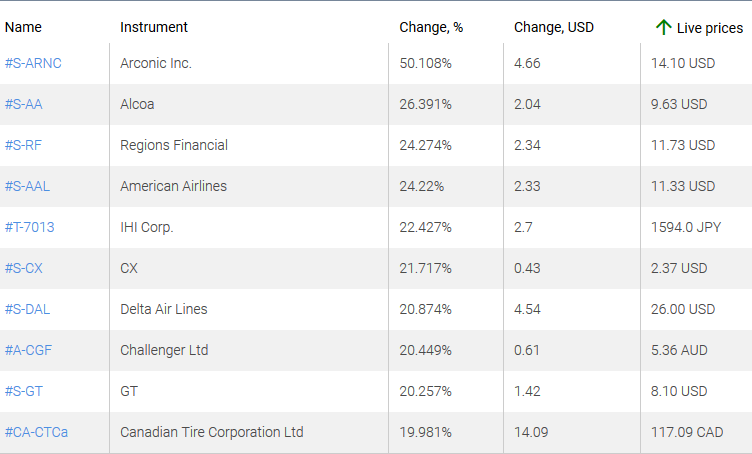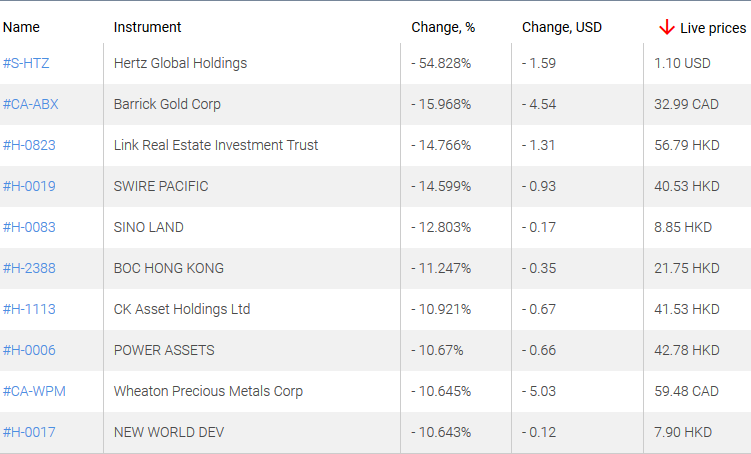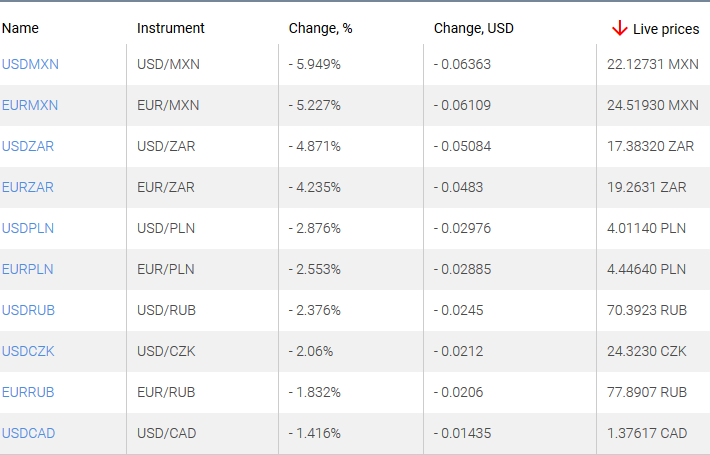By Felix Ringel, Durham University
The COVID-19 pandemic has completely changed our lives. Take something as fundamental as our experiences of space: our mobility has become severely restricted – reduced to jogs or walks a few kilometres around our homes. Perhaps less obviously, the lockdown has also affected our experiences of time.
As an anthropologist of time, I investigate how human beings relate to time, particularly during crises. The current crisis, like many others, could be seen to deprive us of our “temporal agency” – the ability to structure, manage and manipulate our experience of time. For example, many of us will have already lost track of time, wondering which day of the week it is. It feels a bit as if time has come to a standstill.
The most important feature of our experiences of time during crisis is what anthropologist Jane Guyer termed “enforced presentism”: a feeling of being stuck in the present, combined with the inability to plan ahead. We currently don’t know when we can see our loved ones again, or when we can go on holiday. More severely, many of us don’t know when we’ll go back to work – or indeed if we have a job to go back to. In the midst of this crisis, it is hard to imagine a future that looks different than the present.
Tricking time
So how do we cope? I argue that this crisis has prompted us to be more creative with our relations to time. Most of us are even “tricking time” to some extent, as Roxana Moroşanu and I termed it in a recent paper. We speed up and slow down, bend and restructure time in many different ways.
“Corona time” in fact consists of many different times, such as the “time of lockdown”, “quarantine time” or “home office time”. We have learnt to inhabit these new presents. These lessons are deeply personal and differ in each household. Still, they speak of an experience shared worldwide.
Over the last few months, you will have deployed many temporal strategies yourself. This might include the construction of new rhythms and temporal structures. Daily exercises, weekly family Zoom meetings, a 6pm glass of wine or weekend cake baking all mark the passage of time. And home schooling has demanded new schedules – not to mention endless persuasion.
The clock of capitalism
For many, this feeling of stuckness is not new. Those who cannot keep up with the ever accelerating global flows of money, ideas, commodities and people often feel left behind. Critics of capitalism have therefore argued we need a slowing down of time.
In my work on postindustrial cities, I have studied our relationship with the future in times of economic crises. These crises are part and parcel of capitalism, as Marx told us more than 150 years ago. After the second world war, however, welfare states largely kept economic crises at bay.
But the 1980s neoliberal reforms of capitalism resulted in a dismantling of the welfare state. National governments stopped fathoming five-year plans. Just-in-time production and new technological developments, such as the internet, led to an unprecedented acceleration of time.
Temporally, neoliberalism has put humanity into crisis mode for several decades already. Without job security and in ever changing markets, many of us struggle to plan ahead – getting stuck in the present. The way to beat this stuckness is to “muddle through”, or as the British more heroically say, “keep calm and carry on”.
Many postindustrial cities, such as those in Wales and north-east England, have lost a take on their collective prospects. After years of industrial boom and high employment rates, many inhabitants now feel their towns have “no future”. The dismantling of local industries, such as mining, has led to high unemployment and unforeseen levels of migration out of the areas. The young and well-educated move away in search for jobs, while those who stay behind witness the slow decline of their hometown.
To overcome a lack of foresight and enforced presentism, their urban governments have had to reclaim the future planning rather than just responding to events. Despite ongoing decline, they have had to ask themselves: how do we want our city to look, say, in five years time?
Reclaiming the future
This applies to our current situation, too. Now is the time to think ahead about how life should look like in the post-COVID-19 future – we need to trick time further than for our personal households. Although a vaccine or proper treatment for COVID-19 is still not in sight, we have to try to shake the feeling of being trapped in the present. We now need to engage with the emerging politics of time, which will determine our near future.
For example, we will soon see different attempts at declaring an end to the pandemic, based on, for example, low numbers of new infections, and we should carefully assess them. We will also have to ask more fundamental questions about when this crisis is over: how can we solve the ongoing climate crisis? How can we prevent social inequalities in an unforeseen economic recession? How can we prevent another pandemic? The politics of time will also be crucial retrospectively: Have governments acted quickly enough?
Because the corona crisis has allowed us to experience a very different time, it will be interesting to see whether parts of this new normality, such as home offices and reduced mobility, will remain. But even if it is just an involuntary pause from capitalist times, we should reconsider neoliberalism’s temporal regimes of growth, decline and acceleration that have shaped life on Earth.
Our experiences of corona time has given us a training in temporal thought and flexibility. Humanity will weather this crisis, but there are others ahead. Perhaps then, it will be comforting to know that we can, and must, trick time and plan for the future – even when we feel stuck in the present.![]()
About the Author:
Felix Ringel, Assistant Professor of Anthropology, Durham University
This article is republished from The Conversation under a Creative Commons license. Read the original article.










